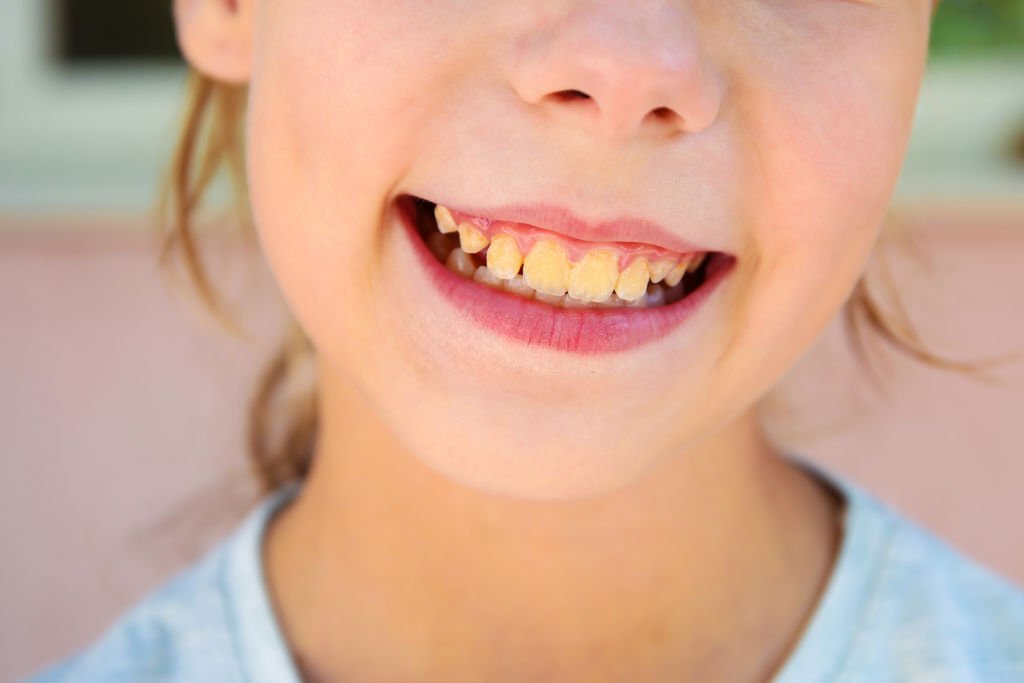Introduction:
A bright, white smile is often associated with good oral hygiene and overall attractiveness. However, maintaining pearly-white teeth can be a challenge due to certain foods and drinks that can cause teeth staining. Teeth staining can occur over time as pigments from various foods and beverages accumulate on the enamel, the outer layer of the teeth. While some staining is inevitable with age, being mindful of the top culprits can help you make informed choices and preserve a brighter smile. In this special blog post, we will explore the top 10 foods and drinks that stain your teeth, understand how staining occurs, discuss the impact of these pigments on dental health, and provide practical tips for reducing teeth staining while enjoying a variety of foods and beverages.
Coffee:
Coffee is one of the most popular beverages worldwide, but it’s also a significant culprit when it comes to teeth staining. Coffee contains dark pigments called tannins, which can adhere to the tooth enamel and cause yellowish or brownish stains over time. Additionally, coffee’s acidity can erode tooth enamel, making teeth more susceptible to staining.
Tea:
Tea, especially black tea, contains tannins similar to those found in coffee. These tannins can lead to stains on teeth, and the dark pigments in black tea can cause discoloration. Green and herbal teas may also contribute to staining, although to a lesser extent.
Red Wine:
Red wine contains chromogens, deeply colored compounds that can adhere to teeth and cause staining. Additionally, red wine is acidic, which can weaken tooth enamel and make teeth more susceptible to staining.
Cola and Dark Soft Drinks:
Cola and other dark soft drinks contain chromogens and acids, making them significant contributors to teeth staining. The dark pigments in these beverages can adhere to enamel, leading to discoloration over time.
Berries:
While berries are rich in antioxidants and nutrients, they are also rich in pigments that can stain teeth. Blueberries, blackberries, and raspberries contain dark-colored compounds that can cause stains on enamel.
Tomato Sauce:
Tomato-based sauces, such as pasta sauce and ketchup, are acidic and contain bright red pigments that can adhere to teeth, leading to stains.
Soy Sauce:
Soy sauce is a dark, highly pigmented condiment that can cause teeth staining, especially when consumed frequently.
Balsamic Vinegar:
Balsamic vinegar’s dark color and acidity can lead to enamel staining, particularly when used in salad dressings and marinades.
Curry:
Curry spices, such as turmeric, can impart a vibrant yellow hue to teeth when consumed regularly.
Popsicles and Colored Candy:
Popsicles and candies with artificial colors, particularly bright and vibrant ones, can leave stains on teeth, especially if consumed frequently.

Understanding the Mechanism of Staining:
Teeth staining occurs when chromogens and other pigments from foods and beverages adhere to the tooth enamel. The enamel is porous, and over time, these pigments can seep into the microscopic pores and cause discoloration. Additionally, acidic foods and drinks can erode enamel, making it more porous and susceptible to staining.
The Impact of Staining on Dental Health:
While teeth staining is primarily a cosmetic concern, it can also indicate other potential dental issues. Severely stained teeth may be more porous and prone to tooth decay. Additionally, some staining can be a sign of enamel erosion, which can lead to tooth sensitivity and an increased risk of cavities.
Practical Tips for Reducing Teeth Staining:
Use a Straw:
When drinking staining beverages like coffee, tea, and dark soft drinks, consider using a straw to direct the liquid past your teeth and minimize direct contact with enamel.
Rinse Your Mouth:
After consuming staining foods and drinks, rinse your mouth with water to help wash away pigments and acids.
Brush Your Teeth:
Brush your teeth at least twice a day with fluoride toothpaste to remove surface stains and prevent plaque buildup.
Drink Water:
Drinking water throughout the day can help dilute pigments in your mouth and wash them away.
Chew Sugarless Gum:
Chewing sugarless gum can help increase saliva flow, which can aid in washing away pigments and neutralizing acids.
Visit Your Dentist Regularly:
Regular dental check-ups and cleanings can help remove surface stains and address any dental issues related to staining.
Consider Teeth Whitening:
If you’re bothered by teeth staining, consult your dentist about teeth whitening options to restore a brighter smile.
Conclusion:
While certain foods and drinks can cause teeth staining, being mindful of your dietary choices and maintaining good oral hygiene can help reduce the impact of pigments on your enamel. Drinking staining beverages through a straw, rinsing your mouth after consuming pigmented foods and drinks, and staying hydrated with water are simple yet effective practices to minimize staining. Regular dental check-ups and cleanings can help address any staining and maintain optimal oral health. Remember, enjoying a variety of foods and beverages doesn’t mean compromising your bright smile—making conscious choices can lead to a healthier, more confident you.


